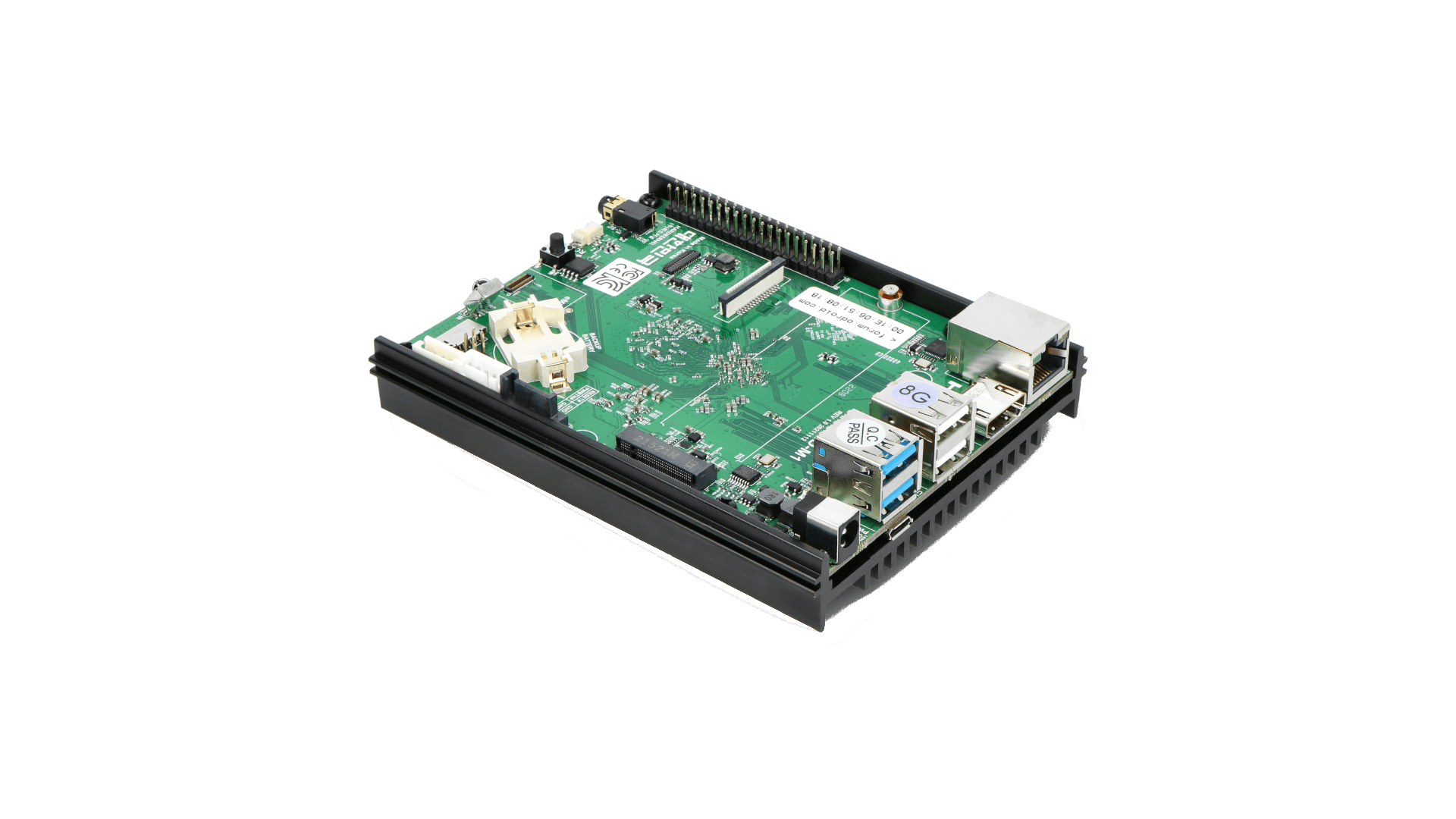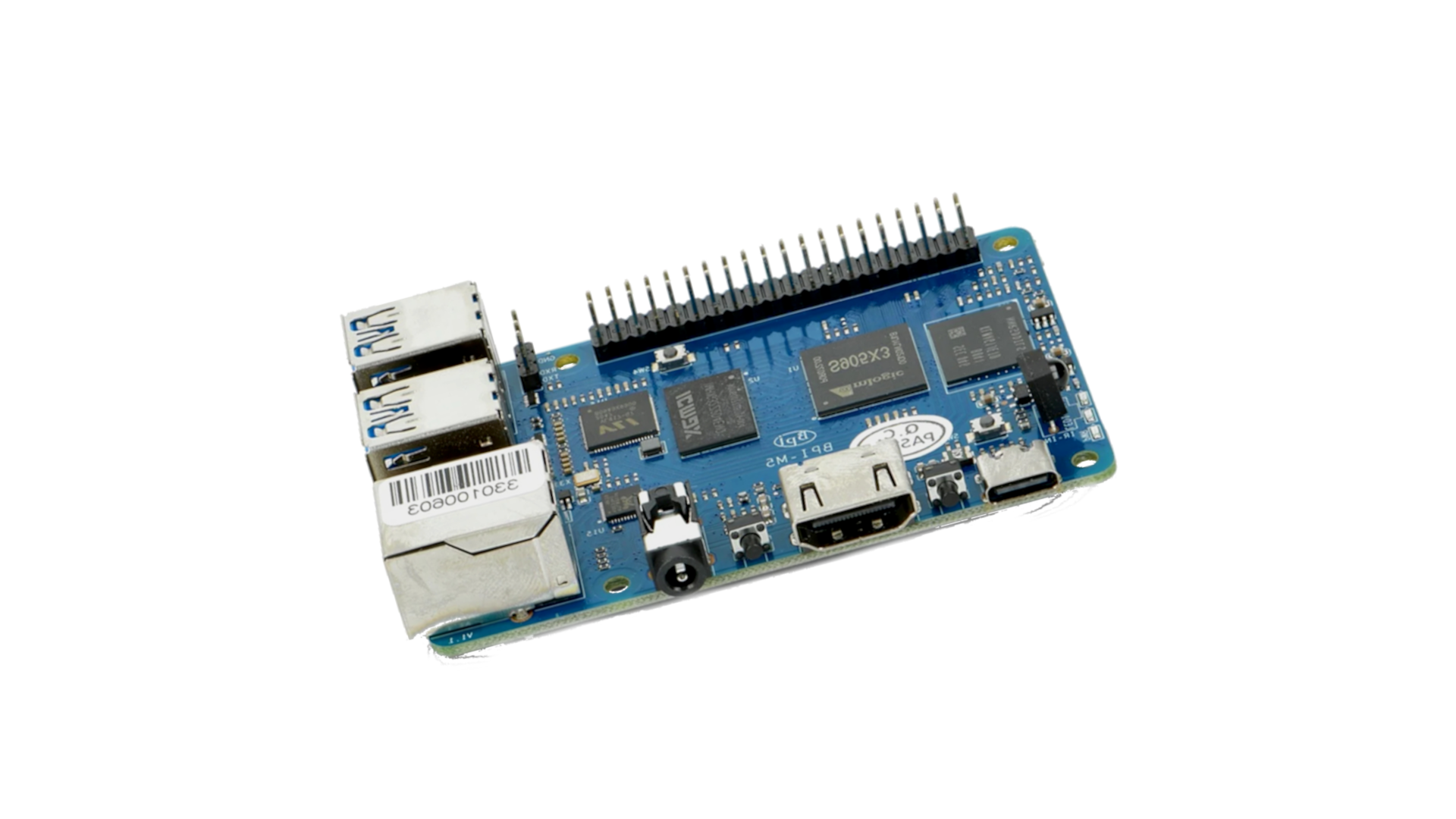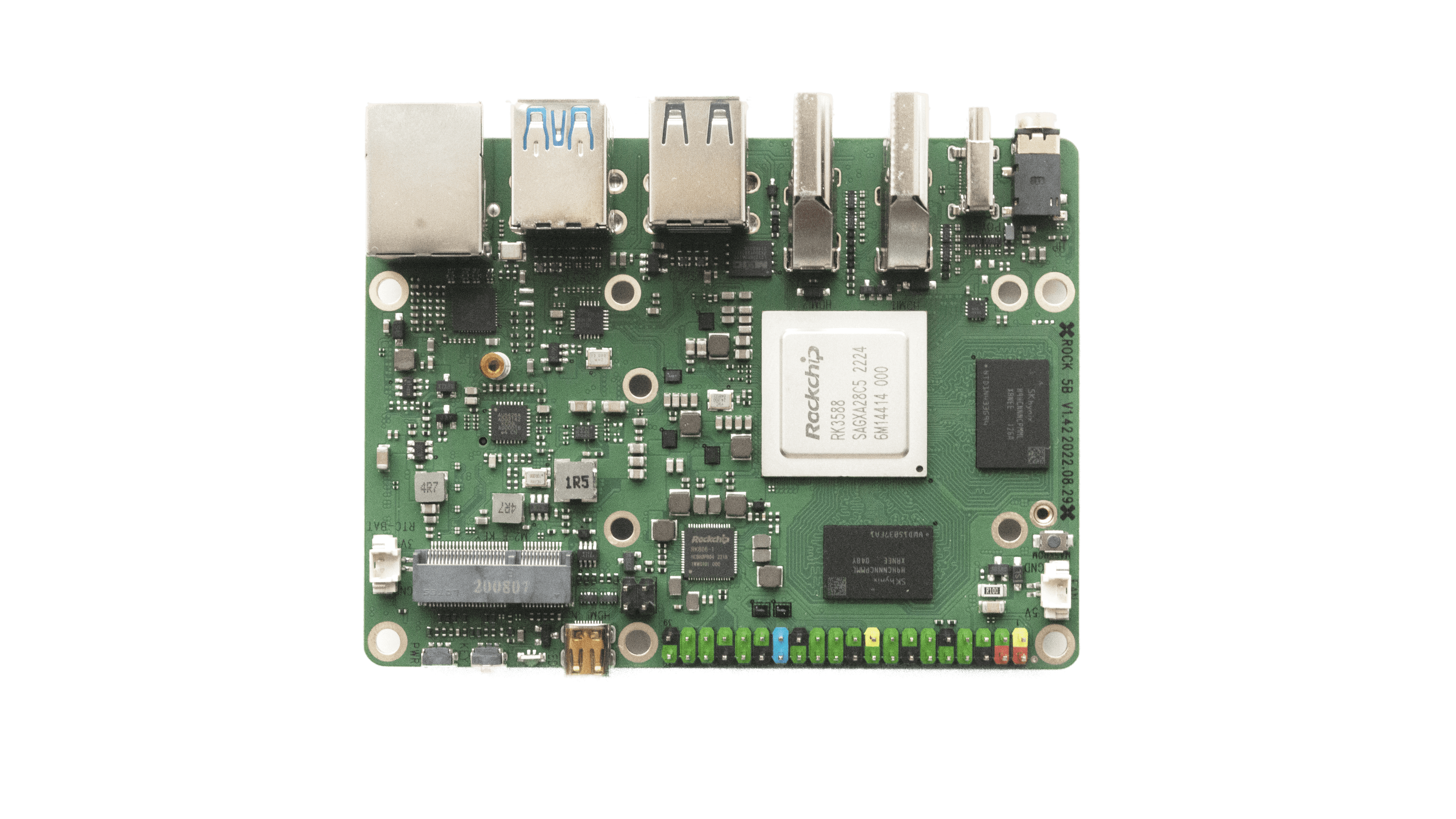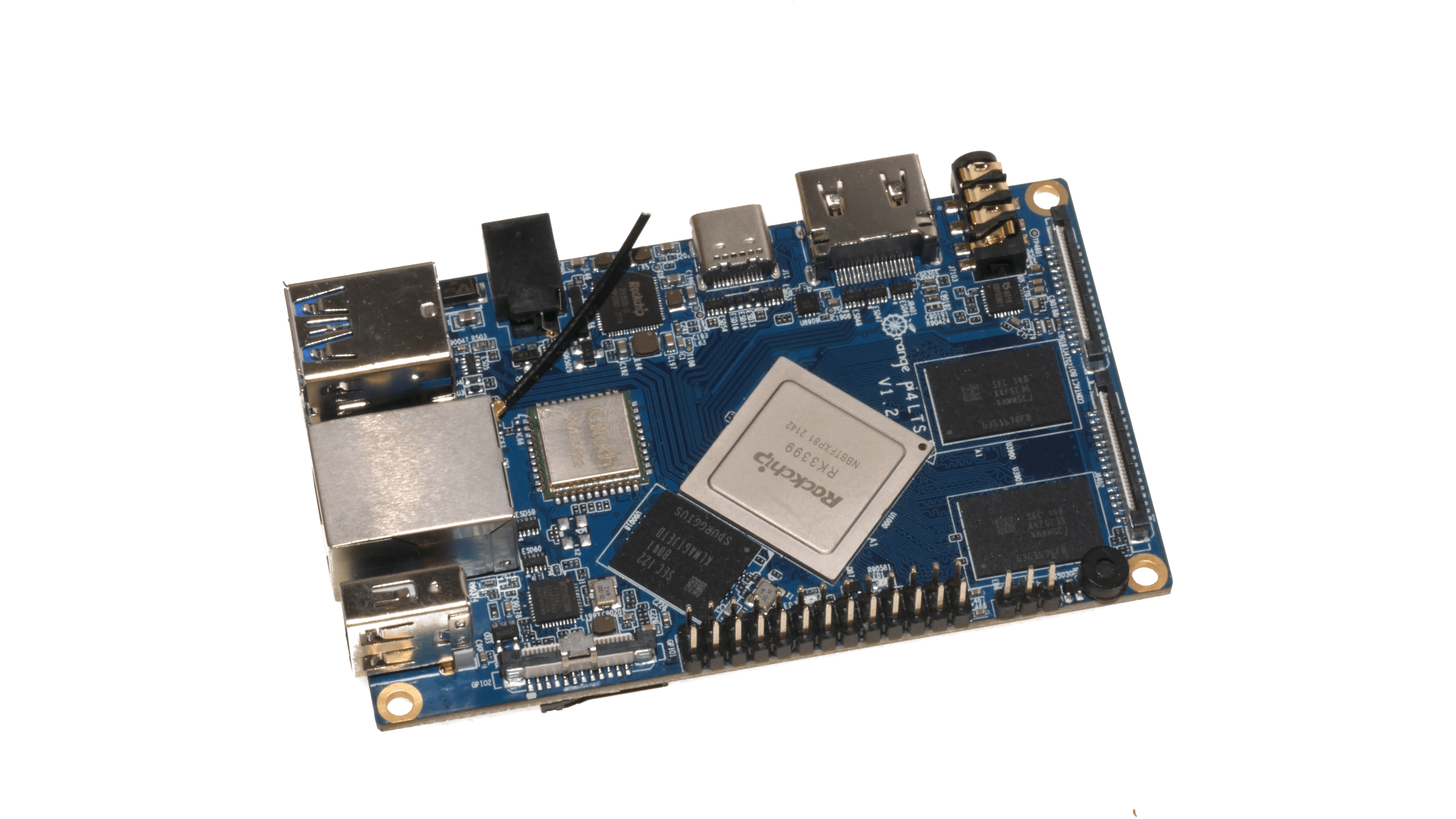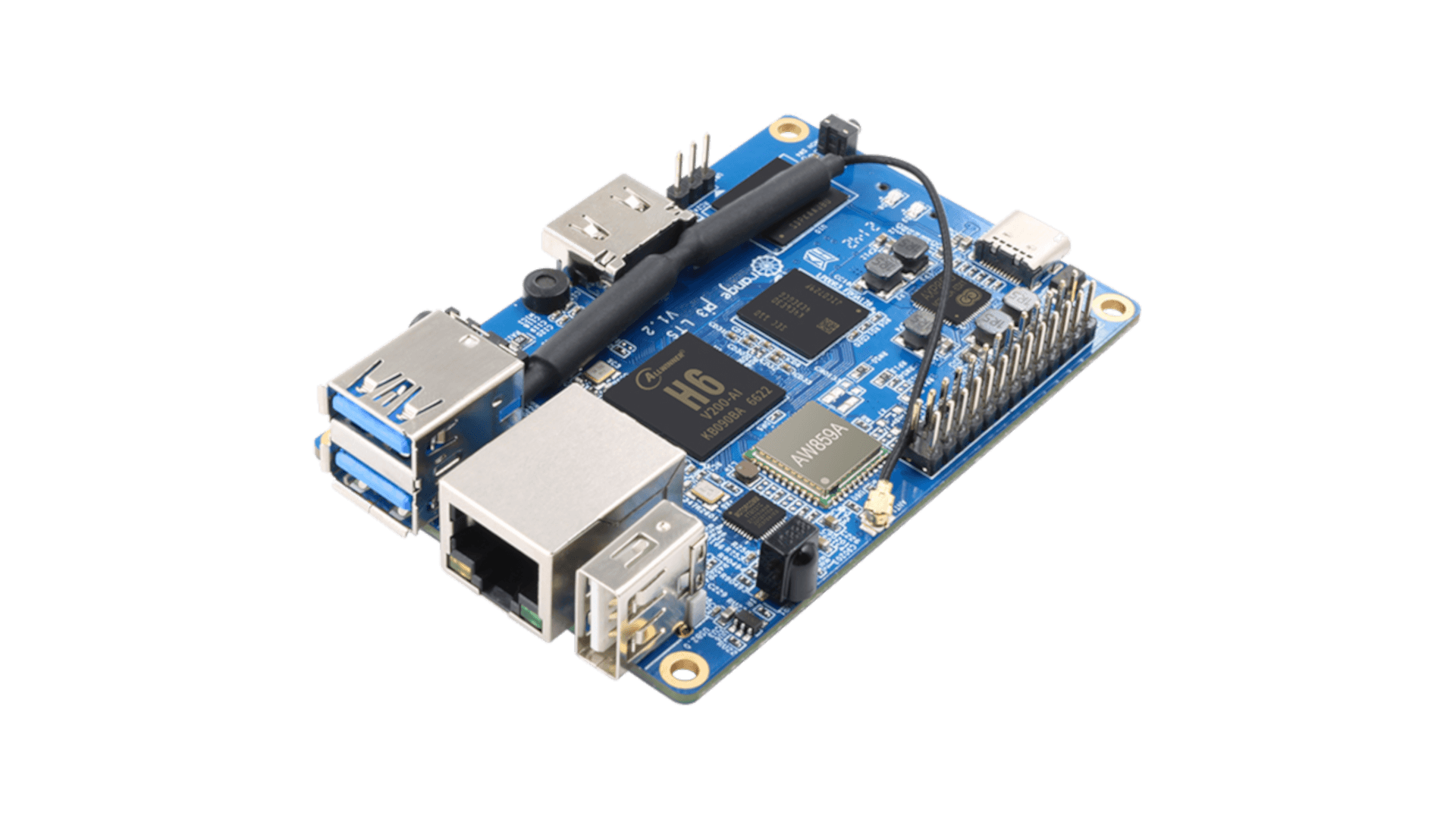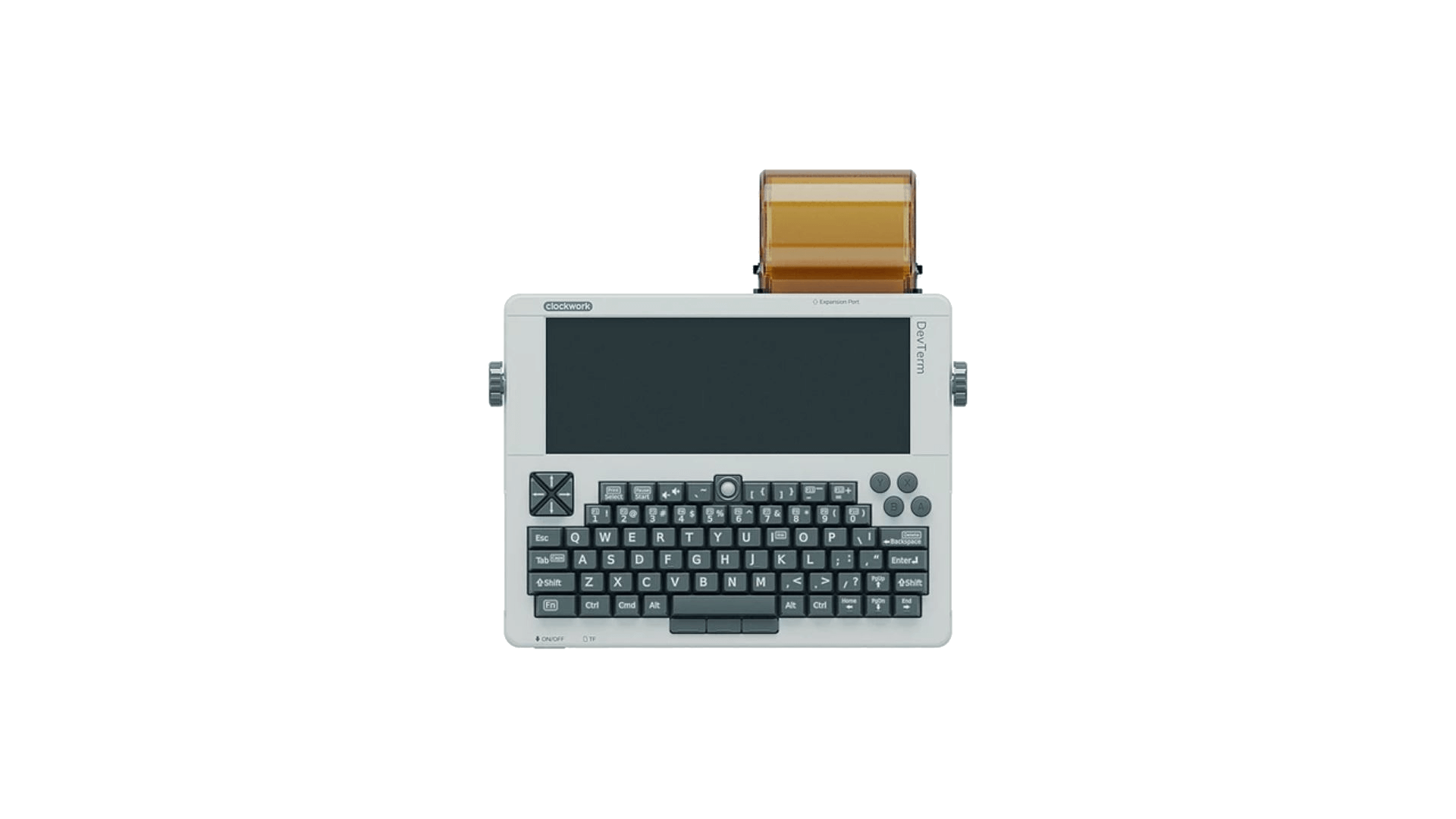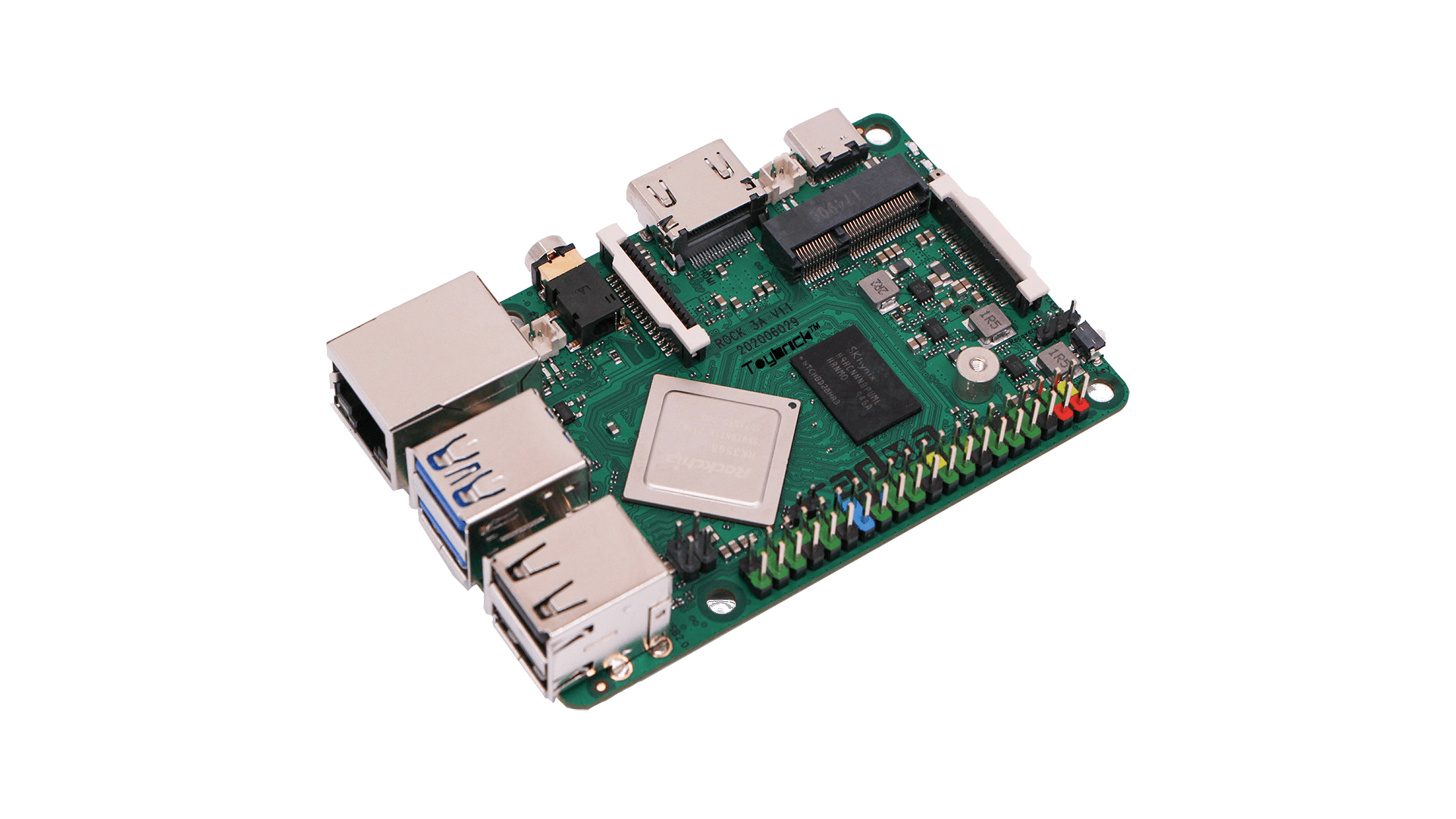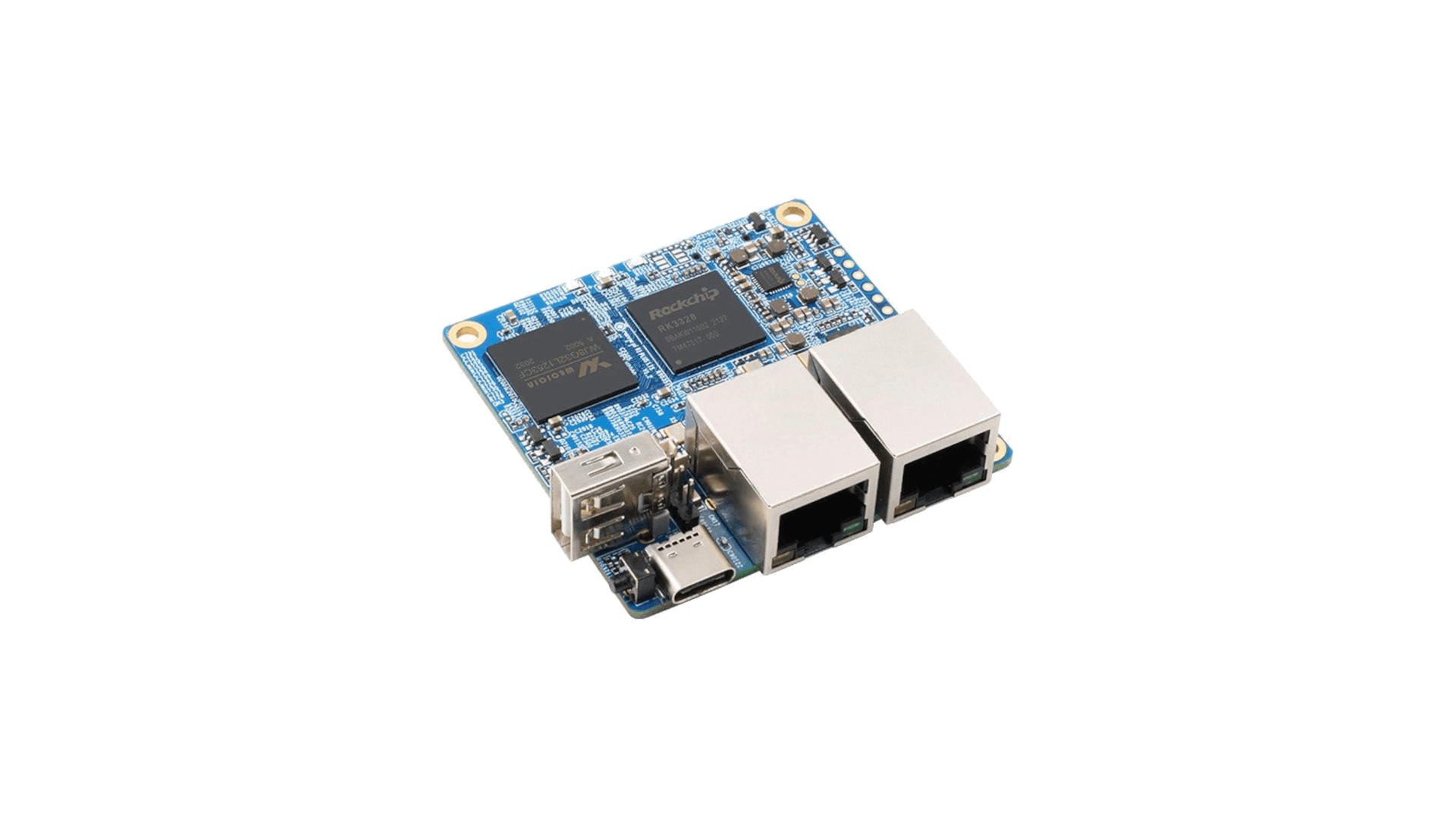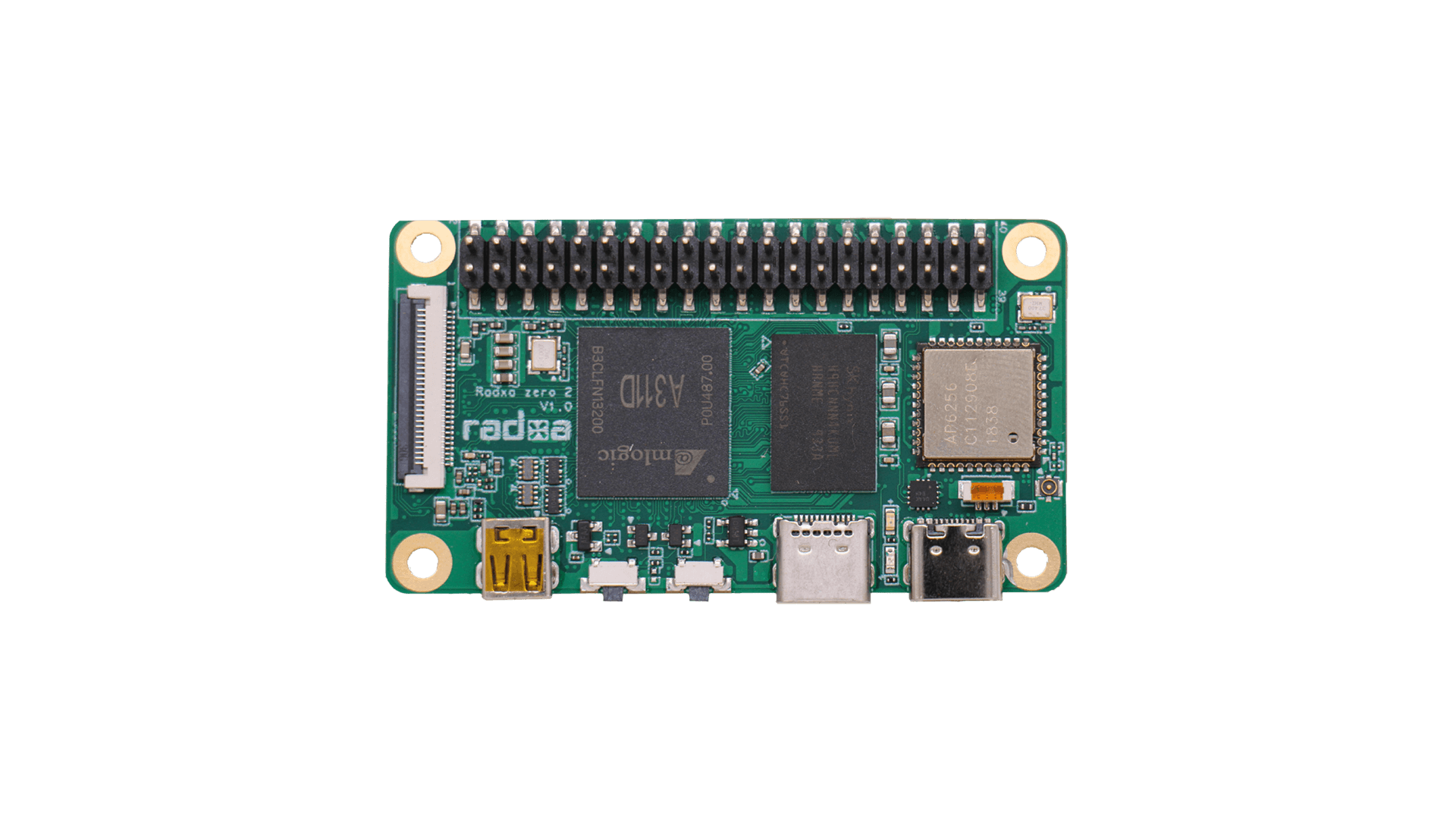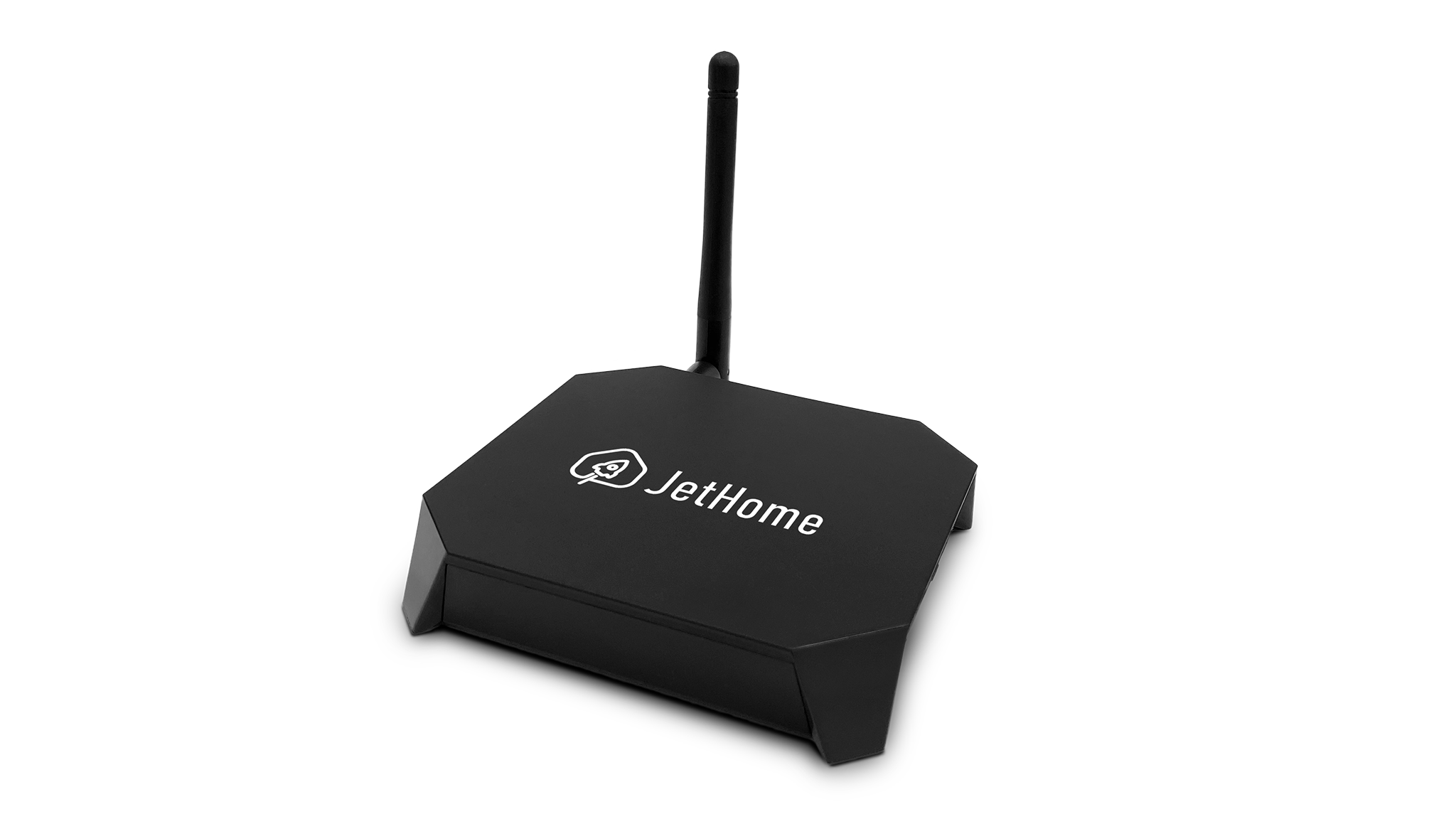Installation instructions:
- Write image to SD using BalenaEtcher.
- Boot from SD by holding the recovery (RCI) button while powering the board.
- Release RCY button after the blue LED flashes once.
- Once booted, use
armbian-installto write u-boot to MTD (SPI flash). This completely and irrevocably removes Petitboot, replacing it with mainline u-boot. - You can also install to NVMe, USB, or eMMC. NVMe or eMMC is recommended.
Armbian Bookworm 24.11.1 minimal testing:
- Boot ok, from sdcard
- HDMI is ok
- USB2 ports are ok
- Gigabit Etherner is ok
- Reboot and shutdown work as intended
Armbian Noble 24.11.1 with KDE Neon and Gnome:
- Boot ok, from sdcard
- HDMI is ok
- USB2 ports are ok
- Gigabit Etherner is ok
- Reboot and shutdown work as intended

